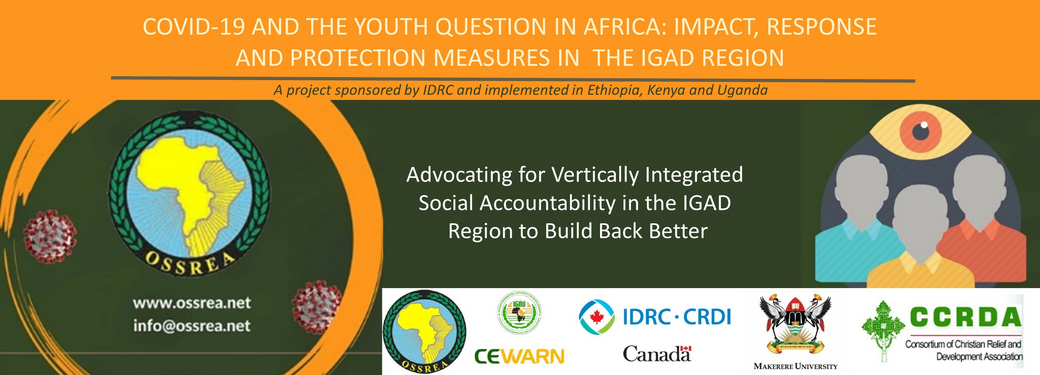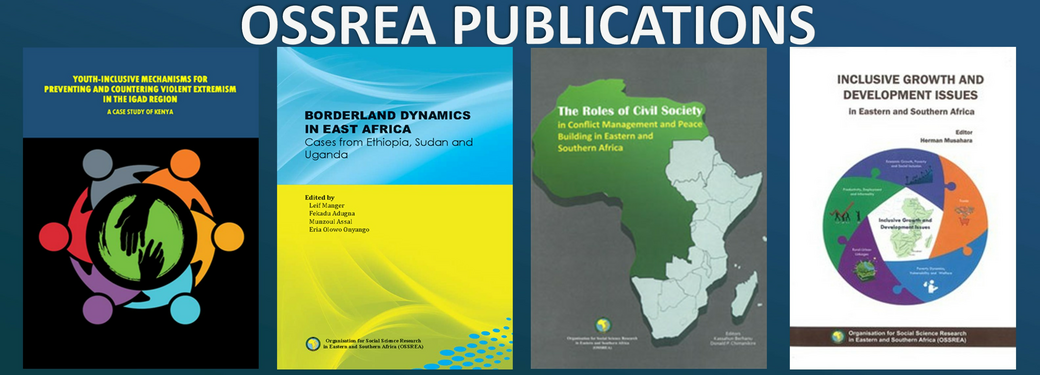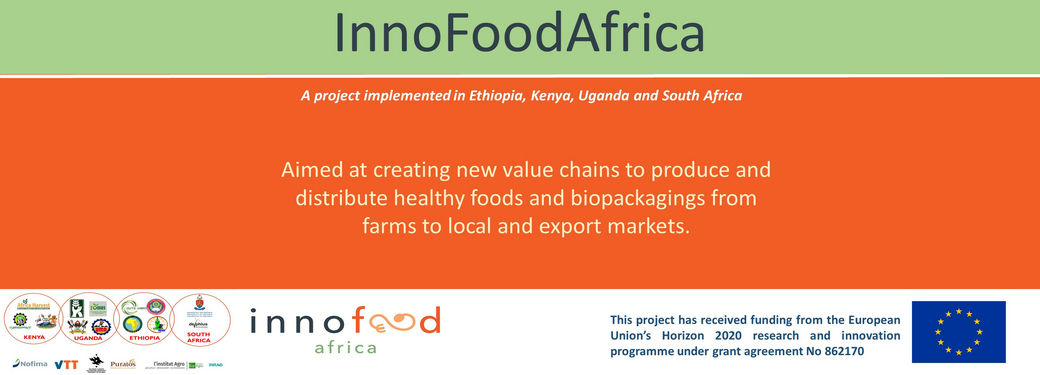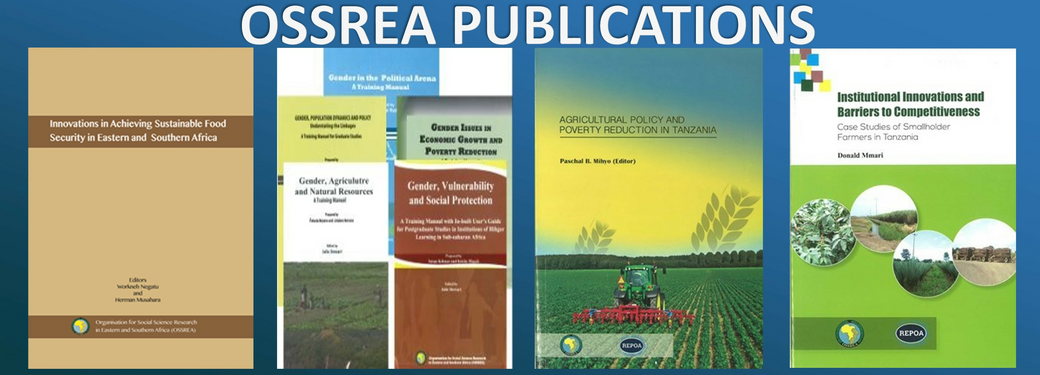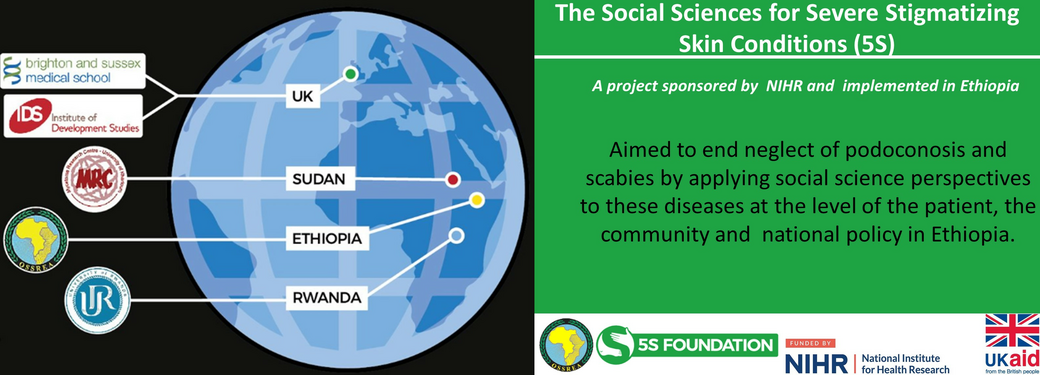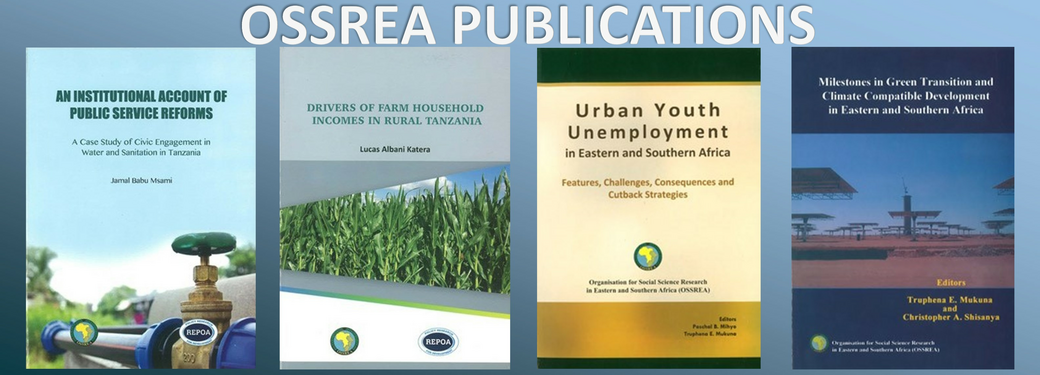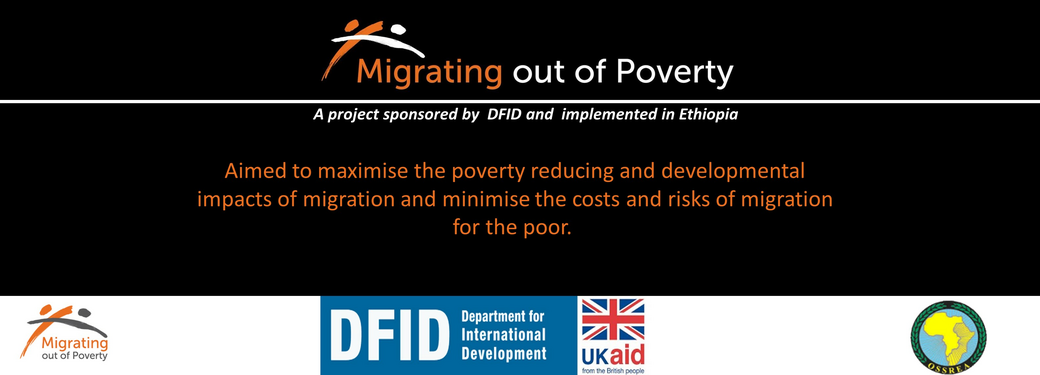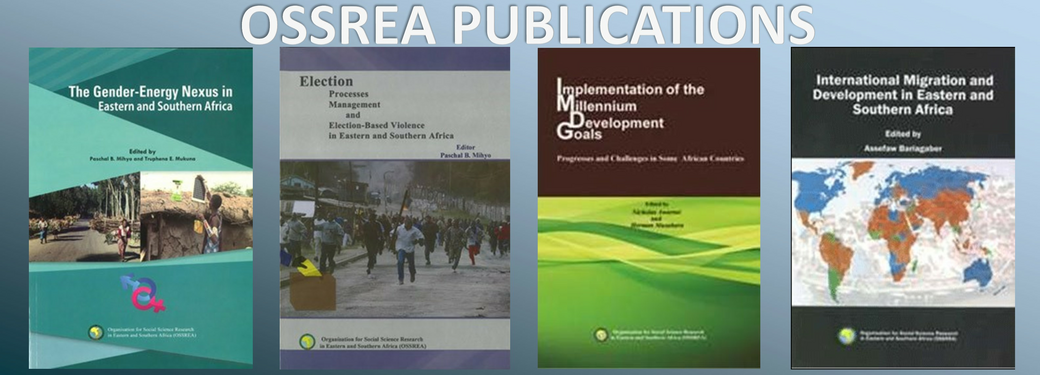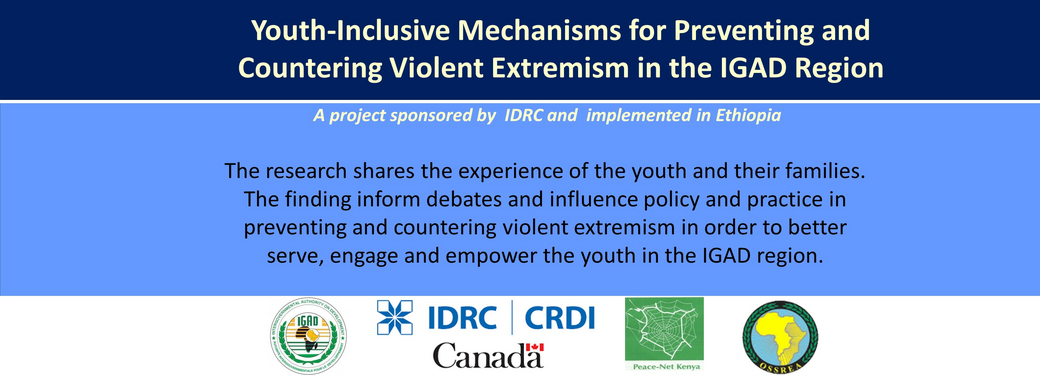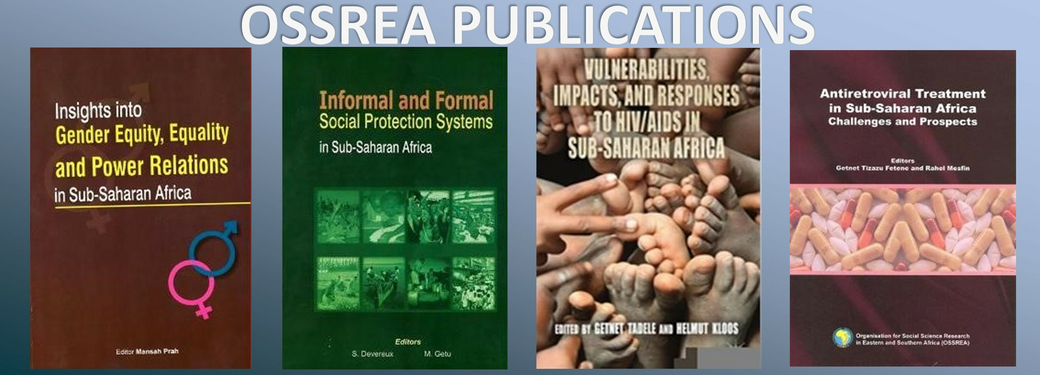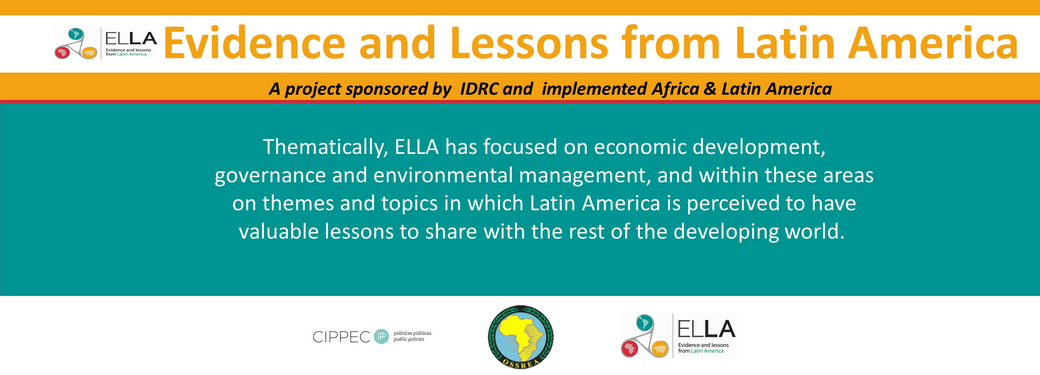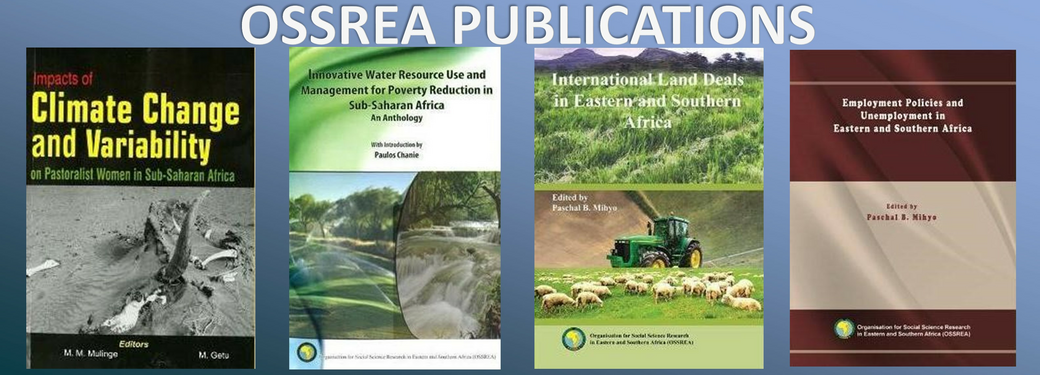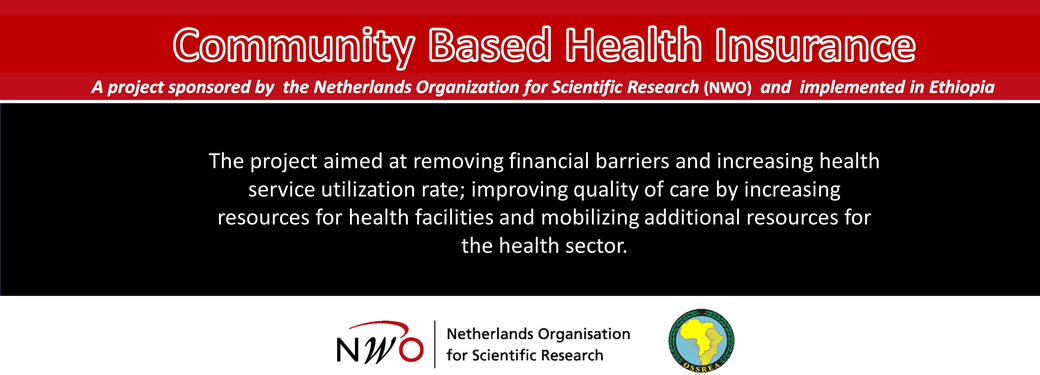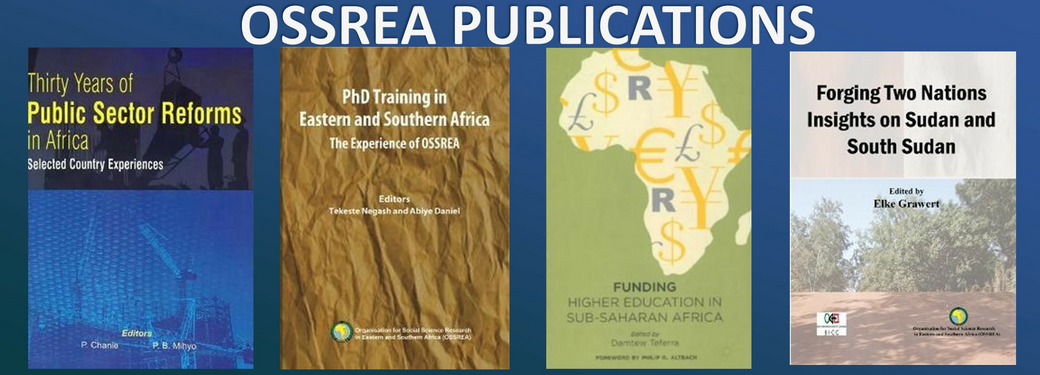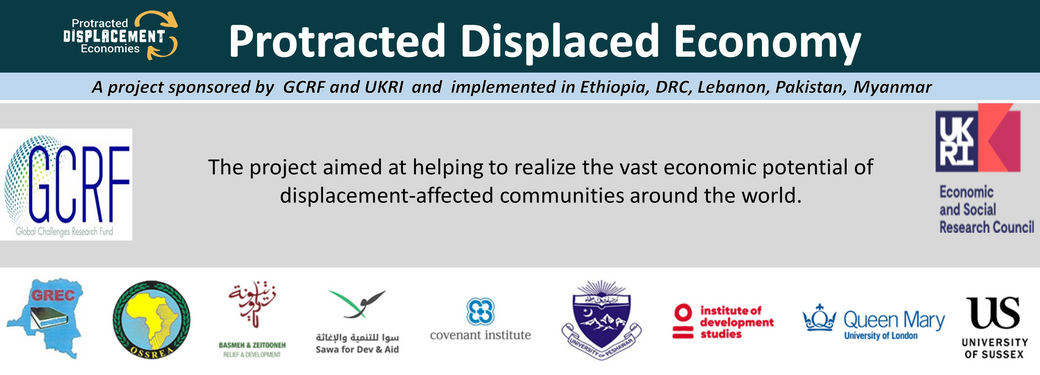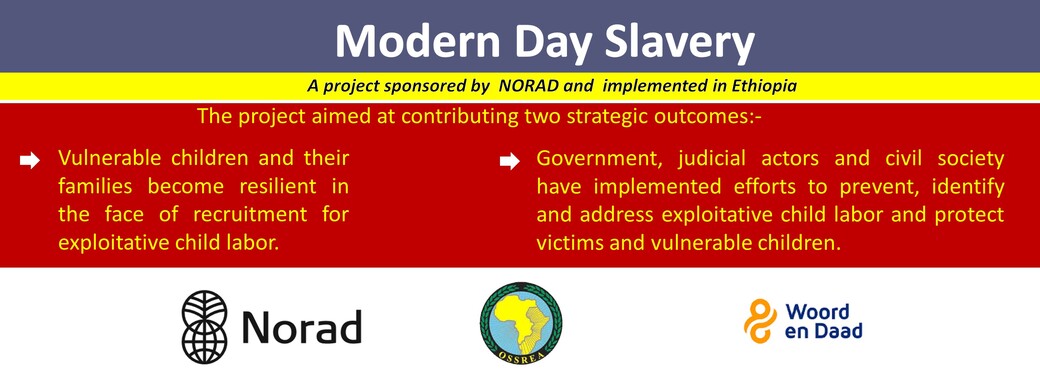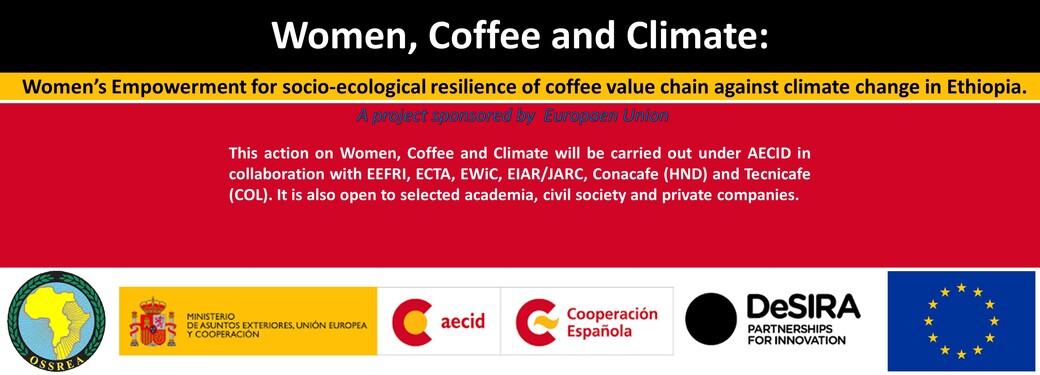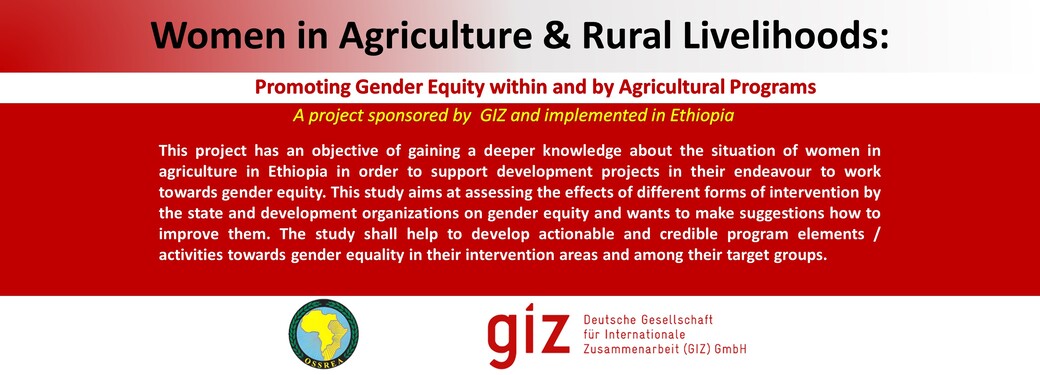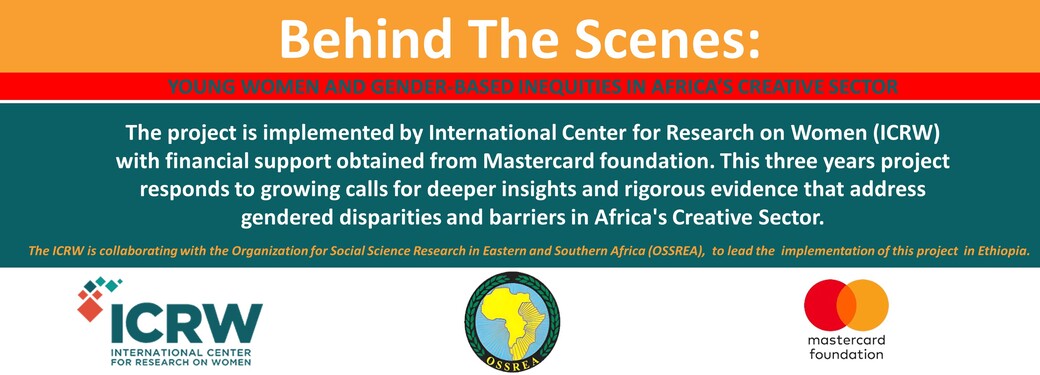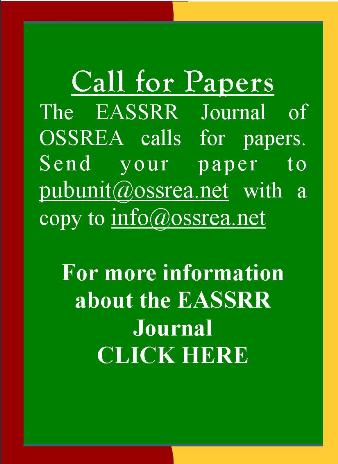Women In Agriculture & Rural Livelihoods
PATHWAY
Women, Coffee and Climate
Modern Day Slavery
P/CVE Project
Migrating out of Poverty - Ethiopia
ELLA Project
- Details
- Written by Super User
- Created: 04 June 2015
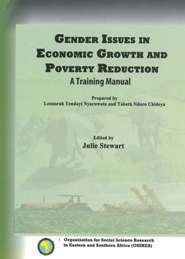
Table Of Contents:
Introduction to the Manual
Unit 1: Key Concepts Used in Gender Issues
Unit 2: Gender and Economic Fundamentals
Unit 3: Theoretical Perspectives of Gender
Unit 4: Gender, Microeconomics and Macroeconomics
Unit 5: Gender and Foreign Direct Investment
Unit 6: Gender and Foreign Aid
Unit 7: Gender and the Banking Sector Including Micro Finance
Unit 8: Gender and Labour
Unit 9: Gender and Small Medium Enterprises Programme
INTRODUCTION TO THE MANUAL
Overview
Welcome to Gender issues in Economic Growth and Poverty reduction. In this manual we explore key concepts and ideas in gender, economic growth and poverty reduction. We have chosen a wide variety of issues to give you useful ideas about gender and economics. There are people who believe that economic issues are not for women and that women have no place in addressing economic issues and spearheading poverty reduction at all levels of the global village. Contrary to this view we believe that economic growth and poverty reduction are everyone’s concern and that women are central in economic development. The manual is written on the understanding that when women are involved in economic growth activities all will benefit, that is women, children and men. Therefore, the manual seeks to advance women’s economic empowerment as well as the skills and knowledge for poverty reduction. The rationale for the development of this teaching material is to promote gender and development among women and men and to encourage and capacitate students at master’s level in the Southern and Eastern African regions. It is to encourage students implement poverty reduction strategies and promote gender equality and equity.
Unit One (1) considers key concepts used in gender relations issues such as gender, sex, differences of gender from sex, gender roles, and gender responsive budgeting.
Unit Two (2) covers issues of gender and economic fundamentals. The concepts discussed under this unit include value of security or currency, government budgets, government budget deficits, the country’s balance of trade account and issues of inflation rate. Concepts of revenue, earnings, assets, liabilities, growth, gender and economic fundamental relations are also discussed.
Unit Three (3) views some theoretical perspectives of gender. The theories of psychoanalysis, functionalism, conflict and feminism are explained. An attempt to link these theories to gender and economics is undertaken. An examination of different financing for development programmes and the gendered implications of such initiatives, including privatization, are undertaken.
Unit Four (4) discusses issues of gender, microeconomics and macroeconomics. The discussions centre on how individuals, households and firms make decisions pertaining to the fundamental economic problem of scarcity.
Unit Five (5) explains issues concerning gender and foreign direct investment. Some of the issues discussed are factors affecting foreign direct investment in Africa, gender inequality in elation to investment; and approaches aimed at increasing the involvement of women in foreign direct investment in order to reduce poverty among women.
Unit Six (6) discusses issues pertaining to gender and foreign aid. Discussions focus on how foreign aid is defined and why it needs to be related to, and informed by, women activities for poverty reduction.
Unit Seven (7) covers concerns about gender and gender stereotyping within the banking sector including micro finance. Discussions focus on the involvement of females and males in this sector as investors, employees and as employers. The hapter also deals on challenges and success stories in the sector.
Unit Eight (8) concerns issues pertaining to gender and labour. Discussions focus on the various definitions of labour and their implications for women. The unit also explores the
implications for women of the gendered division of labour.
Unit Nine (9) explains issues of gender and small medium enterprises. Discussions focus on analysis of women’s level of involvement in small to medium enterprises (SMEs) and
there is an examination of the impact of economic policy on ales and females.
Make levitra samples operation is not intricate but still even considering it is also the run that has to be willing to periodically.


